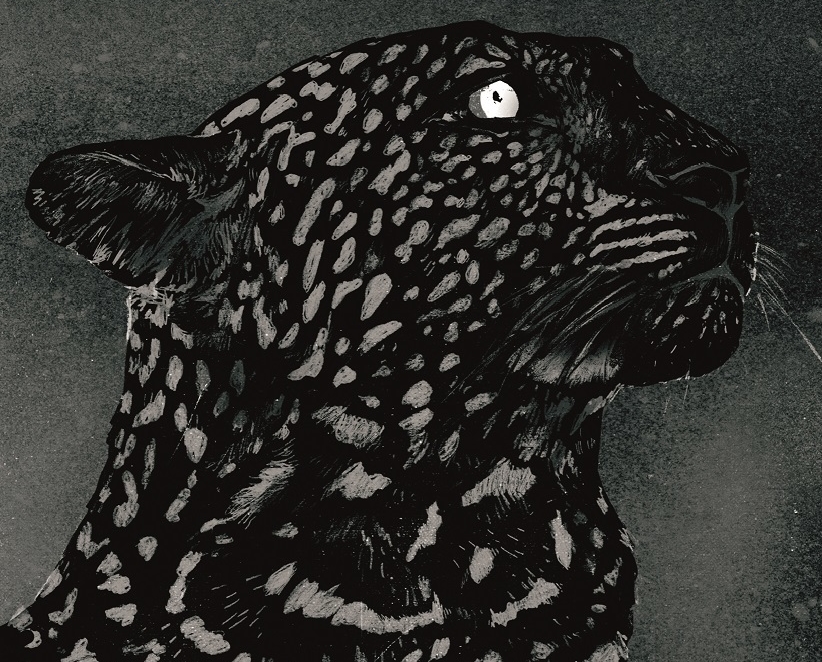
What do we really know of the intimate-and intense-moments of care, kinship, violence, politics, indifference and desire that occur between human and non-human animals?
Whether it is through the study of the affect and ethics of ritual animal sacrifice, analysis of the right-wing political project of cow protection, or examination of villagers’ talk about bears who abduct women and have sex with them, in the book Animal Intimacies, Radhika Govindrajan illustrates that multispecies relatedness relies on both difference and ineffable affinity between animals.
Here are some intriguing facts about the diverse animal life in Himalayan region!
Pahari (literally, “of the mountain”) animals, were related to pahari people by virtue of their shared subjection and relatedness to pahari devi-dyavta. Thus, a pahari goat would understand the need for his own ritual sacrifice to a local deity in a way that a goat from the plains simply could not.
∼
A pahari leopard’s predation on people could, in some cases, be explained by the fact that he or she was acting on a deity’s instructions to punish recalcitrant human devotees.
∼
Villagers claimed a kinship with pahari monkeys on the grounds that they had both experienced displacement from their homes by outsiders. To be related as paharis, then, was to be related through a shared history of neglect and exclusion.
∼
An experimental pig who escaped confinement at the IVRI in the 1960s, and made her refuge in the surrounding forest is believed by villagers to be an ancestor of the wild boar who swarm these forests today.
Built on extensive ethnographic fieldwork in the mountain villages of India’s Central Himalayas, Animal Intimacies explores the number of ways that human and animal interact to cultivate relationships as interconnected, related beings.









